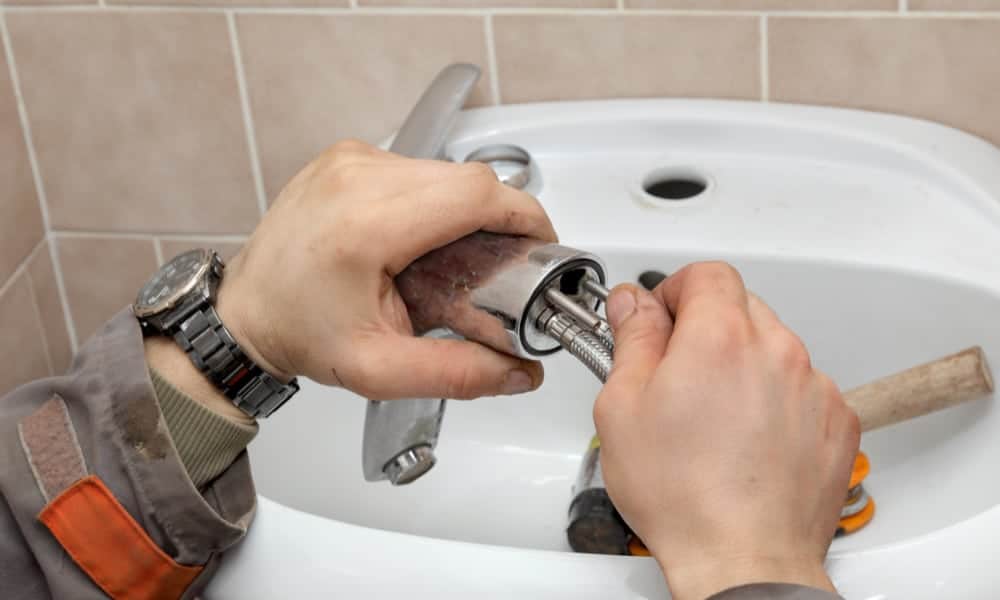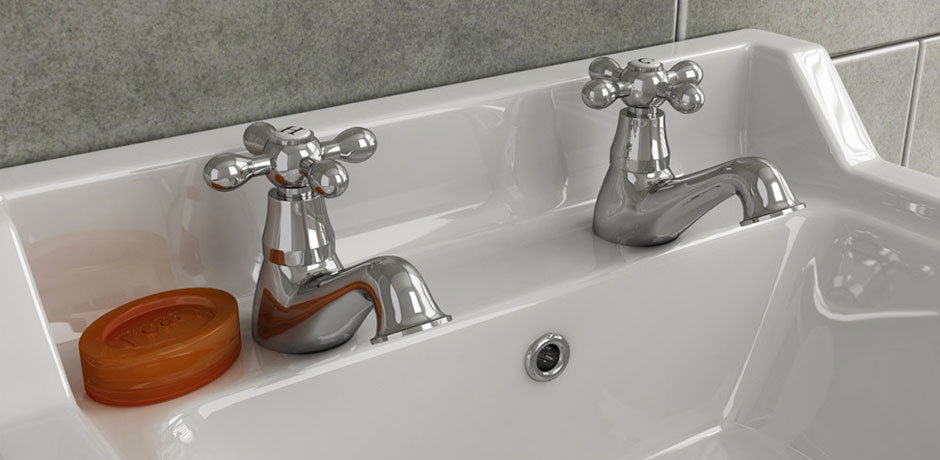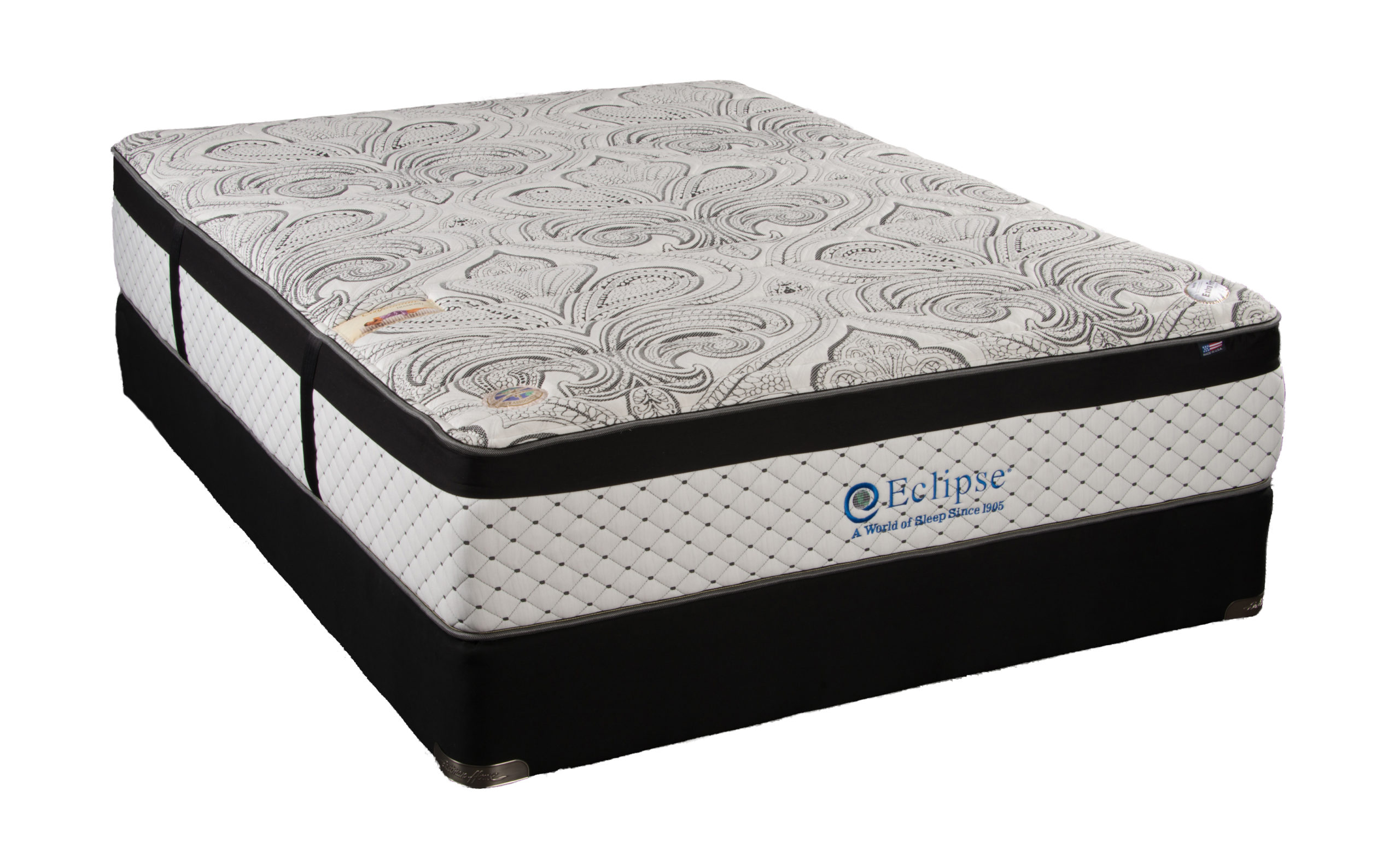Is your bathroom sink constantly dripping? It could be a sign that the washer needs to be replaced. The good news is, replacing a washer in a bathroom sink is a relatively simple and inexpensive DIY project. In this guide, we will walk you through the steps to replace the washer in your bathroom sink and save you from the constant annoyance of a dripping faucet. How to Replace a Washer in a Bathroom Sink
Before you begin, make sure you have all the necessary tools and materials. This includes a new washer, an adjustable wrench, a screwdriver, and plumber's tape. Step 1: Shut off the water supply. Locate the shut-off valve under the sink and turn it clockwise to shut off the water supply. Step 2: Remove the faucet handle. Use a screwdriver to remove the handle of the faucet. You may need to use a bit of force, but be careful not to damage the handle. Step 3: Remove the stem assembly. Use an adjustable wrench to remove the stem assembly. This will give you access to the washer. Step 4: Replace the washer. Remove the old washer and replace it with the new one. Make sure it is the right size and fits properly. Step 5: Reassemble the faucet. Put the stem assembly back in place and reattach the faucet handle. Step 6: Turn the water supply back on. Once everything is back in place, turn the water supply back on and test the faucet to make sure it is no longer dripping. Step-by-Step Guide for Replacing a Washer in a Bathroom Sink
Replacing a washer in a bathroom sink is a simple DIY project that can save you time and money. By doing it yourself, you can avoid the cost of hiring a plumber and the inconvenience of waiting for an appointment. With just a few basic tools and some patience, you can fix a dripping faucet in no time. Plus, you'll have the satisfaction of knowing that you were able to tackle a plumbing issue on your own. DIY: Replacing a Washer in a Bathroom Sink
Don't let a dripping faucet go unresolved any longer. Replacing a washer in a bathroom sink is a quick and easy fix that will save you from the constant annoyance of a dripping faucet. With the right tools and a little know-how, you can have your faucet working like new again in just a few simple steps. So why wait? Get that drip fixed and enjoy a peaceful and quiet bathroom once again. Quick and Easy Fix: Replacing a Washer in a Bathroom Sink
Having the right tools for the job is crucial when it comes to replacing a washer in a bathroom sink. Make sure you have an adjustable wrench, a screwdriver, and plumber's tape on hand before you begin. Having these tools readily available will make the process much smoother and ensure that you can complete the project without any issues. Essential Tools for Replacing a Washer in a Bathroom Sink
While replacing a washer in a bathroom sink is a relatively simple task, there are a few common mistakes that people make that can lead to bigger issues. One of the most common mistakes is using the wrong size washer. Make sure you have the correct size for your faucet to avoid any leaks or further damage. Another mistake to avoid is not turning off the water supply before starting the project. This can lead to a mess and potentially damage the faucet or other parts of your plumbing. Common Mistakes to Avoid When Replacing a Washer in a Bathroom Sink
If your faucet is still dripping after replacing the washer, there could be other underlying issues. Here are a few troubleshooting tips to help you identify and fix the problem: - Check for any cracks or damage in the faucet or stem assembly - Clean any debris or sediment that may be blocking the flow of water - Make sure the new washer is the correct size and properly installed - If the issue persists, it may be time to call a professional plumber for further assistance. Troubleshooting Tips for Replacing a Washer in a Bathroom Sink
The frequency at which you need to replace the washer in your bathroom sink can vary. It depends on several factors such as the quality of your faucet, the frequency of use, and the hardness of your water. As a general rule, it's a good idea to replace the washer every 6-12 months to prevent any potential issues. However, if you notice any leaks or dripping, it's best to replace the washer right away. How Often Should You Replace the Washer in Your Bathroom Sink?
Replacing the washer in your bathroom sink may seem like a small and insignificant task, but it can have a significant impact on the overall function and lifespan of your faucet. Regularly replacing the washer can prevent leaks, prolong the life of your faucet, and save you from costly repairs in the future. It's a small maintenance task that can have a big impact in the long run. The Importance of Regularly Replacing Washers in Bathroom Sinks
While replacing a washer in a bathroom sink is a DIY project that most people can handle, there may be instances where it's best to call a professional plumber. If you encounter any issues during the process or if your faucet continues to drip after replacing the washer, it's best to seek professional help. A plumber will have the necessary expertise and tools to fix the problem and ensure it is done correctly. In conclusion, replacing a washer in a bathroom sink is a simple and cost-effective solution for a dripping faucet. With the right tools and a bit of know-how, you can easily fix the issue and enjoy a leak-free faucet once again. Remember to regularly check and replace the washer to prevent any potential problems and save yourself from future headaches. Professional vs. DIY: Replacing a Washer in a Bathroom Sink
Why Replacing the Washer in Your Bathroom Sink is Crucial for a Well-Designed Home

The Importance of Small Details in House Design
 When it comes to designing our homes, we often focus on the big picture and the major elements such as furniture, color schemes, and layout. However, it's the small details that truly make a house feel like a home. One of these details that often goes unnoticed and neglected is the washer in our bathroom sink. While it may seem insignificant, the washer plays a crucial role in the functionality and overall design of our bathrooms.
Replacing the washer in your bathroom sink is a simple yet important task that can greatly improve the aesthetics and efficiency of your home.
This small but mighty component is responsible for keeping your sink leak-free and preventing water wastage. Not to mention, a faulty washer can also lead to higher water bills and potential water damage to your bathroom.
When it comes to designing our homes, we often focus on the big picture and the major elements such as furniture, color schemes, and layout. However, it's the small details that truly make a house feel like a home. One of these details that often goes unnoticed and neglected is the washer in our bathroom sink. While it may seem insignificant, the washer plays a crucial role in the functionality and overall design of our bathrooms.
Replacing the washer in your bathroom sink is a simple yet important task that can greatly improve the aesthetics and efficiency of your home.
This small but mighty component is responsible for keeping your sink leak-free and preventing water wastage. Not to mention, a faulty washer can also lead to higher water bills and potential water damage to your bathroom.
The Benefits of Replacing the Washer
 One of the main benefits of replacing the washer in your bathroom sink is that it can save you money in the long run.
By ensuring that your sink is leak-free, you can avoid potential water damage and reduce your water bill. This small investment in a new washer can ultimately save you from costly repairs down the line.
Moreover, a new washer can also
improve the functionality and efficiency of your bathroom sink.
A worn-out washer can cause your sink to drip or leak, which can be not only annoying but also wasteful. By replacing the washer, you can ensure a smooth and efficient flow of water, making your daily tasks in the bathroom much easier and hassle-free.
One of the main benefits of replacing the washer in your bathroom sink is that it can save you money in the long run.
By ensuring that your sink is leak-free, you can avoid potential water damage and reduce your water bill. This small investment in a new washer can ultimately save you from costly repairs down the line.
Moreover, a new washer can also
improve the functionality and efficiency of your bathroom sink.
A worn-out washer can cause your sink to drip or leak, which can be not only annoying but also wasteful. By replacing the washer, you can ensure a smooth and efficient flow of water, making your daily tasks in the bathroom much easier and hassle-free.
How to Replace the Washer in Your Bathroom Sink
 Replacing the washer in your bathroom sink is a simple and straightforward process that can be done in a few easy steps.
First, you will need to turn off the water supply to your sink. Then, using a screwdriver, remove the handle of your faucet and the packing nut located beneath it. Next, you can remove the old washer and replace it with a new one. Finally, reassemble the faucet and turn the water supply back on. Voila, you now have a leak-free and efficient bathroom sink!
In conclusion, while it may seem like a minor detail,
replacing the washer in your bathroom sink is an important aspect of house design that should not be overlooked.
By doing so, you can save money, improve the functionality of your sink, and ultimately enhance the overall design of your home. So next time you're giving your bathroom a makeover, don't forget to give your washer some love too.
Replacing the washer in your bathroom sink is a simple and straightforward process that can be done in a few easy steps.
First, you will need to turn off the water supply to your sink. Then, using a screwdriver, remove the handle of your faucet and the packing nut located beneath it. Next, you can remove the old washer and replace it with a new one. Finally, reassemble the faucet and turn the water supply back on. Voila, you now have a leak-free and efficient bathroom sink!
In conclusion, while it may seem like a minor detail,
replacing the washer in your bathroom sink is an important aspect of house design that should not be overlooked.
By doing so, you can save money, improve the functionality of your sink, and ultimately enhance the overall design of your home. So next time you're giving your bathroom a makeover, don't forget to give your washer some love too.























































































